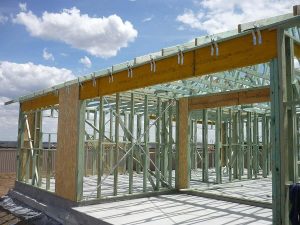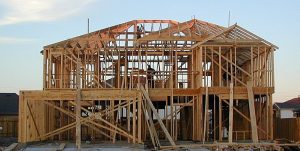Understanding Wall Stud Widths in Australia
Australia is a vast and diverse country, known for its unique architecture and building practices. When it comes to constructing or renovating homes in Australia, understanding the dimensions of wall studs is crucial. Wall studs are a fundamental component of the framework that supports the walls of a building. In this article, we will explore the common sizes and standards of wall studs in Australia, including H1, H2, and H3 classifications. How wide are wall studs in Australia?
What Are Wall Studs?
Before delving into the specific dimensions of wall studs in Australia, let’s clarify what wall studs are and why they are essential in the construction process. Wall studs are vertical members that form the framework of walls. They provide structural support and serve as the backbone for attaching wall coverings, insulation, and other building materials.
In Australia, wall studs are typically made from timber, with different types of timber used for various purposes. The width and spacing of these studs can vary, depending on the specific requirements and building codes. The three most common classifications of wall studs in Australia are H1, H2, and H3, each with its own set of characteristics.
H1 Wall Studs
H1 wall studs are designed for use in interior applications where they will not be exposed to weather or moisture. They are commonly used for framing internal walls, including partition walls and non-load-bearing walls. The typical width of H1 wall studs in Australia is 90 millimeters (mm). This dimension ensures that they provide sufficient support for the intended loads while fitting within standard wall cavities.

It’s important to note that H1 wall studs should not be used in areas prone to moisture or high humidity, as they are not treated to withstand these conditions. For such environments, H2 and H3 wall studs are more suitable options.
H2 Wall Studs
H2 wall studs are specifically treated to resist the effects of moisture and are suitable for use in areas where the risk of termite attack is low to moderate. These wall studs are often employed in both interior and exterior applications, such as framing walls in bathrooms, laundries, and other spaces where moisture may be present.
The standard width of H2 wall studs in Australia is also 90 mm, which aligns with the common dimensions for interior wall construction. This makes them a versatile choice for various building projects while providing the necessary protection against moisture-related issues.
H3 Wall Studs
H3 wall studs are treated to withstand both moisture and termite attacks, making them suitable for use in areas where these threats are more prevalent. These wall studs are commonly used for framing external walls, decks, and other outdoor structures where exposure to the elements is a concern.
In Australia, H3 wall studs typically have a wider width of 140 mm. This increased width provides additional strength and durability, making them ideal for supporting the load-bearing requirements of exterior walls. It also allows for the installation of thicker insulation, enhancing energy efficiency in the building.
Building Codes and Regulations
It’s crucial to adhere to Australian building codes and regulations when selecting and installing wall studs. These codes specify the appropriate type, size, and spacing of wall studs for different applications to ensure the safety and integrity of the structure. Local authorities and building inspectors enforce these codes, so compliance is essential.
Additionally, builders and homeowners should consider the climate and environmental conditions in their specific location when choosing wall studs. Coastal areas, for example, may require greater resistance to moisture and termites, making H3 wall studs a more suitable choice.
Conclusion
In Australia, wall studs are an integral part of building construction, providing the framework that supports walls and other building components. Understanding the different classifications of wall studs, including H1, H2, and H3, is essential for selecting the right type and size for your construction or renovation project.

Whether you’re building an interior partition wall, framing an exterior wall, or constructing a deck, choosing the appropriate wall studs is critical to the longevity and safety of your structure. By following Australian building codes and regulations and considering local environmental factors, you can ensure that your wall studs meet the necessary standards for your specific application. For Nazbuild wall building services see here.
In summary, H1 wall studs are suitable for interior, non-moisture-exposed applications, while H2 wall studs are treated to resist moisture and are suitable for both interior and exterior use in moderate termite-risk areas. H3 wall studs offer enhanced protection against moisture and termite attacks and are commonly used for exterior walls and outdoor structures. Selecting the right wall studs is a crucial step in the construction process and contributes to the overall quality and durability of your building project.

